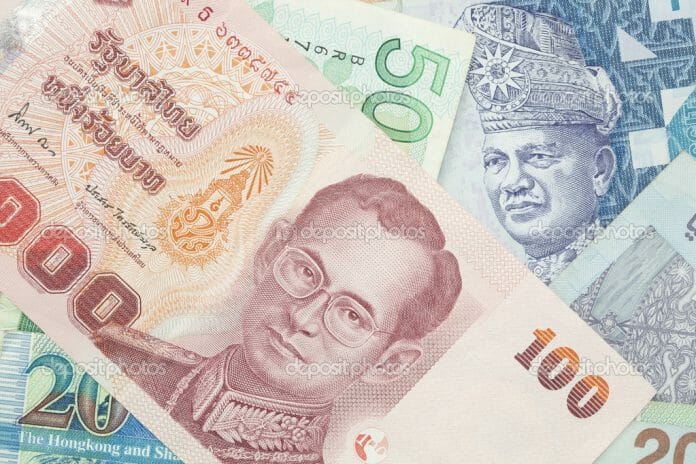Most emerging Asian currencies traded higher on Wednesday (Nov 9), as risk appetite improved on hopes that the US Federal Reserve would pare back on rate hikes, although China was an outlier after downbeat data and rising Covid-19 cases.
Investors are hoping that US inflation data on Thursday, which is expected to show a decline both on a monthly and annual basis, boosts the case for the Fed to slow its tightening cycle.
The central bank raised rates last week but signalled it may be nearing an inflection point in what has become the swiftest tightening of US monetary policy in 40 years, Reuters cited.
“As the ‘peak Fed’ theme draws closer and terminal rates converge around 5.0%, the USD higher momentum has taken a pause (which is) good news for Asia FX and likely provides a cushion for local risk markets,” said Stephen Innes, managing partner at SPI Asset Management.
Meanwhile, the Chinese yuan remained the only laggard for the day, dropping 0.2%, while stocks shed 0.5% as factory gate prices went backwards and consumer inflation slowed, highlighting concerns over demand and economic outlook.
The world’s second-largest economy also saw a surge in new coronavirus cases in Guangzhou, a global manufacturing hub, and other Chinese cities, further dampening hopes of any ease in curbs and restrictions.
“The weak CPI print and 1.5-year low for core inflation points to weaker consumption in October amid intensified Covid lockdowns,” said Barclays analysts, lowering their 2022 inflation forecast to 2.0%.
In Asia, the South Korean won strengthened 1.5% to lead the gainers. Indonesia’s rupiah rose for the third straight day and the Philippine peso edged 0.1% higher.
Stocks in Manila, however, dropped 0.6% after rising 0.4% earlier in the day. The Philippines revised upwards its second-quarter growth figures, ahead of a third-quarter readout due on Thursday.
In Malaysia, the ringgit firmed 0.5% and stocks rose modestly. A Reuters poll showed the economy was poised to grow in the double digits for the first time in over a year in the third quarter, even as the outlook remained hazy.
The ringgit has fallen almost 12% against the US dollar so far this year. It hit a near 25-year low last week and has hovered around that level since. Analysts suggest some pressure may persist until after this month’s general election.









